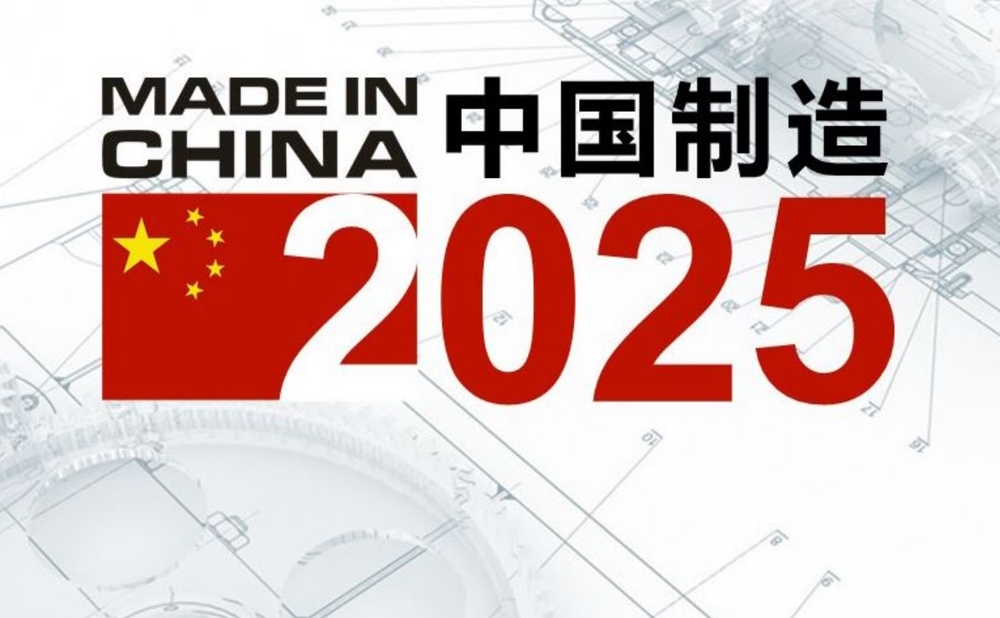Published
- 5 min read
China's 2025 Economic Roadmap: Stability, Reform, and Domestic Growth

The 2024 CEWC and Its Implications for China’s 2025 Economic Strategy
China’s Central Economic Work Conference (CEWC) is a defining event that sets the tone for the nation’s economic policy. The December 2024 meeting, coupled with the Politburo’s prior deliberations, has reaffirmed a multi-pronged strategy for 2025—prioritizing financial stability, boosting domestic demand, and addressing economic risks. The emphasis on a moderately loose monetary policy signals a likely fiscal stimulus, reminiscent of China’s response to the 2008 financial crisis.
Stability in a Shifting Economic Landscape
The Politburo’s assessment that China is progressing steadily despite external pressures reflects confidence in its resilience. However, a more nuanced reading suggests that economic security concerns remain paramount. The need to balance growth with systemic stability is evident in the focus on real estate stabilization, stock market reforms, and expanding domestic consumption—key indicators of China’s internal economic health.
While external analysts argue that China has shifted from prioritizing development to focusing on security, the reality is that both elements are deeply interwoven. Beijing recognizes that sustainable growth cannot come at the cost of systemic vulnerabilities, particularly in a climate of geopolitical uncertainty and potential US tariffs under a second Trump administration.
Domestic Demand: The Cornerstone of 2025 Policy
One of the most significant takeaways from CEWC 2024 is the elevation of domestic consumption as the top priority. Historically, China has struggled to shift from an export-driven economy to one sustained by internal demand. The persistence of high youth unemployment (17.1% in October 2024) and regional income disparities underscores the challenge of spurring local spending.
To address this, Beijing is likely to implement:
- Lower interest and mortgage rates to support consumer spending.
- Targeted fiscal incentives, including cash handouts to lower-income populations.
- Provincial debt restructuring, allowing local governments to invest in consumption-boosting infrastructure.
Despite these efforts, domestic demand growth is projected to remain modest, with a single-digit increase of 3.7% to 4% in 2024. Beijing’s ability to instill consumer confidence amid an uncertain economic climate will be a key determinant of success.
Financial Stimulus and Fiscal Expansion
A crucial development in CEWC 2024 is the suggestion of an active fiscal policy with a moderately loose monetary approach. If implemented, this could mean:
- A potential increase in China’s fiscal deficit to 4% (from the long-held 3% cap).
- Large-scale treasury bond issuance, with an estimated $411 billion worth of extra-long-duration bonds in 2025.
- Expansion of provincial debt quotas, allowing regions to swap old debt for new projects, injecting an additional $840 billion over three years into the economy.
The key takeaway? China is preparing for a liquidity-driven economic boost, potentially resembling its 2008 crisis response. However, the extent of this stimulus will be shaped by external economic conditions, particularly global trade trends and potential US tariff policies.
Xi Jinping’s Centralized Economic Control
CEWC 2024 reaffirmed the Communist Party’s control over economic decision-making, using Mao-era rhetoric such as “seeking truth from facts (实事求是)”. The emphasis on “Two Establishes” and “Two Upholds” underscores the consolidation of power under Xi Jinping’s leadership, ensuring that economic directives remain closely aligned with party objectives.
However, this approach has risks. Over-centralization could hinder flexibility in regional economic decision-making, especially as China navigates a complex global financial landscape.
Real Estate and Systemic Risks
China’s real estate sector remains the Achilles’ heel of its economy, with ongoing liquidity crises, unfinished housing projects, and investor skepticism. The CEWC’s focus on risk management suggests that further intervention is likely, potentially including:
- Government-backed buyouts of struggling developers.
- Debt restructuring for major real estate firms.
- Encouraging state-owned enterprises (SOEs) to absorb distressed assets.
These steps could prevent a full-blown crisis but are unlikely to fully resolve deep-seated structural issues in the property sector.
Innovation and Globalization: A Dual Strategy
While domestic consumption is the top priority, technological innovation remains central to China’s long-term strategy. The slight demotion of innovation to the second priority position in 2025 does not indicate a deprioritization; rather, it reflects the immediate urgency of boosting consumer spending.
Additionally, China continues to embrace globalization—on its own terms. While the CEWC reaffirmed commitments to opening up the economy, barriers for Indian companies and other competitors remain firmly in place. The strategic push for technological self-reliance and controlled market liberalization will define China’s engagement with foreign businesses in 2025.
The Road Ahead: What to Expect in 2025
As China enters 2025, five overarching themes will shape its economic trajectory:
- Expansionary fiscal policies, including an increased fiscal deficit and debt issuance.
- Real estate stabilization efforts, preventing systemic financial risks.
- A focus on boosting domestic demand, through financial incentives and consumption-driven reforms.
- A reinforced emphasis on economic security, balancing growth with risk mitigation.
- Party-led economic governance, ensuring centralized control over policy execution.
Conclusion
CEWC 2024 has set a clear agenda for economic stability, controlled reform, and domestic market expansion in 2025. While China remains committed to long-term innovation and global engagement, internal economic resilience will take precedence in the short term.
The upcoming National People’s Congress (NPC) in March 2025 will provide further clarity on growth targets and fiscal policy details. Until then, China’s economic roadmap reflects a calibrated mix of stimulus, strategic reform, and risk containment—all under the unwavering control of the Communist Party.
